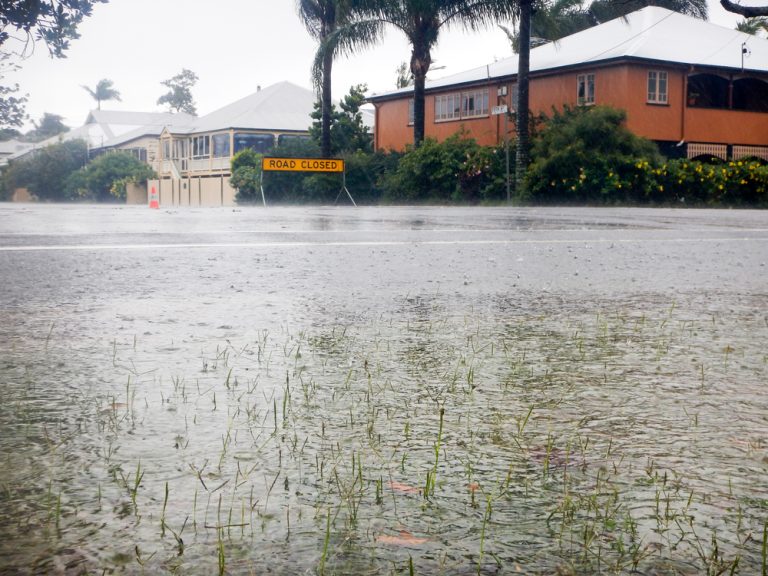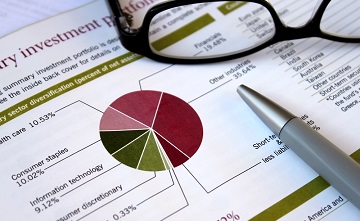The impact of natural disaster on property values and insurance
Australia’s vast expanses and varied climates make us prone to natural disasters. In recent years alone, we’ve experienced the devastating impacts of bushfires in the southern parts of the country,…

